Viscose yarn, like cotton yarn, has a natural origin and is obtained from cellulose. For this reason, its dyeing process is almost similar to cotton fibers, but there are differences. Viscose yarn, by using different dyes and suitable chemicals, becomes the desired color.
Yarn preparation: First, viscose yarns must be prepared for dyeing. This includes washing the yarns to remove dirt and oils as well as adjusting the moisture content of the yarns.
Preparation of dye solution: suitable dyes for dyeing viscose yarn are selected and prepared as a solution in water or a solvent such as alcohol. At this stage, other substances such as antifoams and stabilizers may also be added to the paint solution.
Yarn dyeing: viscose yarns are immersed in the dye solution and kept for some time so that the dye fits well in the yarn. There may be a need to speed up the dyeing process using heat or pressure.
Washing and drying: after dyeing, the yarns are washed and removed from the excess dye. Then they are transferred to dryers and dried.
Color stabilization: After the yarns dry, the color stabilization phase begins. In this step, special chemicals are used to differentiate and fix the color in the yarn. This process is done with the help of heat and chemicals.
Final wash: After the color is fixed, the yarns should be washed to remove excess dye and chemical residues. This washing is done accurately and using suitable materials.
Final drying: After washing, the yarns must be dried again. This drying can be done in different ways, such as air drying or drying using the desired temperature or using radio frequency dryers.
Equipment and packaging:At this stage, the dyed yarns are transferred to the final equipment such as hoists and packaging machines. It makes the yarns protected in transportation and ready for use.
Quality control: : In all stages of dyeing, quality control is very important. The dyed yarns are checked to ensure the quality of the dye as well as the absence of defects. These checks include color, density, strength and other quality related features.
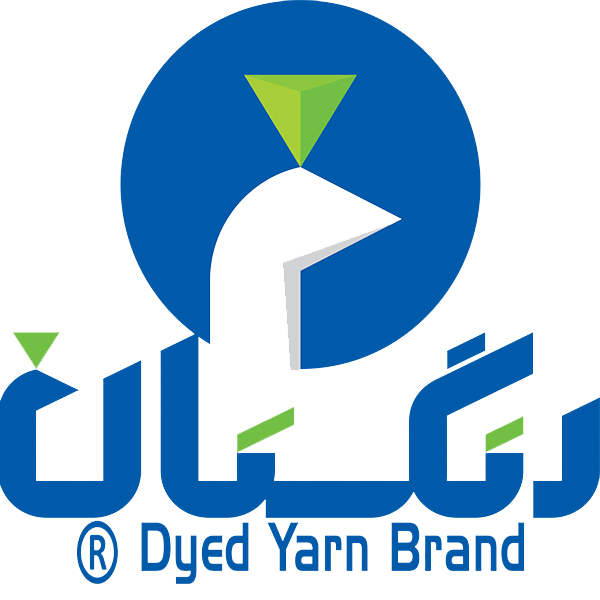
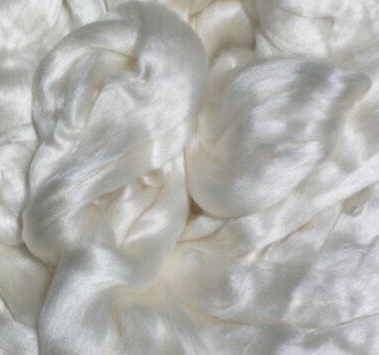
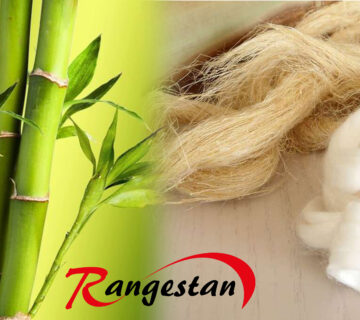
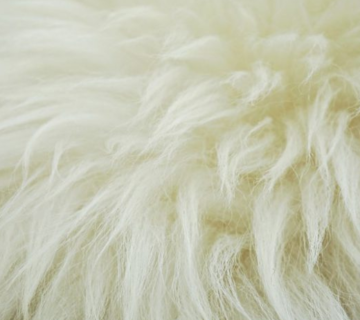
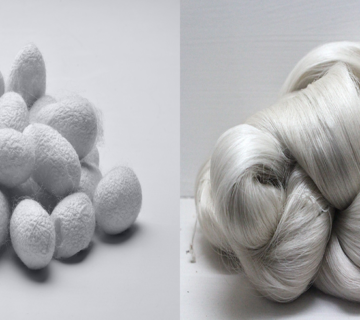
بدون دیدگاه